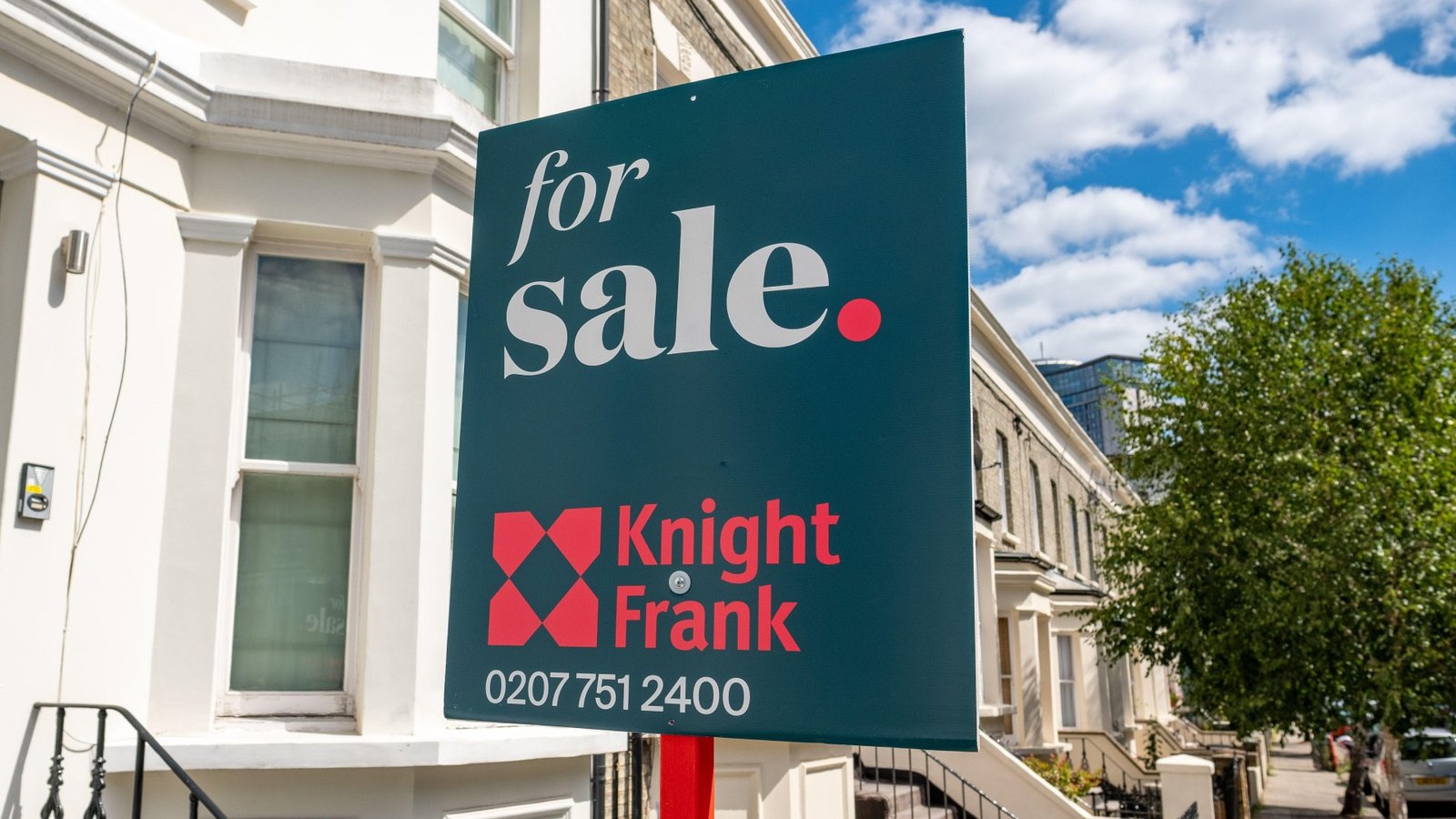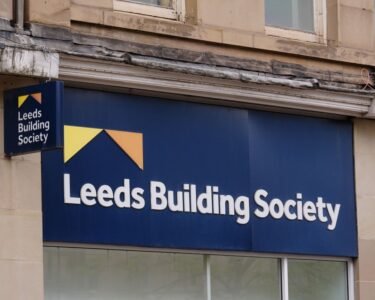FIRST-TIME buyers have been given another boost after a third major lender slashed its affordability rules.
HSBC has become the latest bank to make changes to its mortgage offer so that buyers can borrow more.
It means 20,000 more people could be able to get on the ladder, with buyers able to borrow £39,000 more on average – although how much more you can borrow will depend on factors like your income.
That’s because HSBC has reduced the stress rates used in its affordability calculations for both buyers and remortgagers.
Stress tests are used by mortgage lenders to check whether buyers could still afford the loan if interest rates were to increase by a certain amount.
If the stress rates are reduced, buyers and home movers will be able to borrow more than they can currently.
Oli O’Donoghue, HSBC UK’s head of mortgages, said: “We understand the challenges faced by people looking to secure a mortgage. This adjustment to our stress rates, which will directly improve affordability for many aspiring homeowners, reflects our commitment to making homeownership more accessible.
“By carefully reviewing our affordability calculations, allowing more customers to meet affordability criteria and potentially access increased borrowing amounts, we are aiming to ease some of the pressure on prospective buyers so more people can realise their dream of owning their own home.”
The move comes after two other major mortgage lenders also reduced their stress rates.
Halifax made the changes to its affordability rules last week, reducing the stress rates used in its standard affordability calculation and on its five-year fixed mortgages by 0.5%.
It said that in practice a typical household of two adults with two children and a household income of £75,000 could borrow £38,000 more.
Last month, Santander was the first to make the move when it reduced all of its stress test rates by 0.75% and brought them to the lowest level since 2022.
It said borrowers would be able to take out loans between £10,000 and £35,000 more than previously.
Meanwhile, mortgage lenders have launched a price war with multiple major banks offering rates below 4%.
Nationwide is the latest to offer sub-4% rates, slashing its rates by up to 0.25% on its first-time buyer and home mover mortgages today.
The rates are effective from tomorrow and are available on both two and five-year fixes.
The two-year fixed rate at 60% loan-to-value with a £1,499 fee has been cut from 4.14% to 3.89%, while the similar five-year fix has dropped to 3.89% as well.
Halifax also announced a two-year fixed rate below 4% today.
You can now get a rate of 3.94% on a two-year fix with up to 60% loan-to-value and a product fee of £999.
Coventry Building Society and Barclays were the first to launch sub-4% rates this month after markets began pricing in more Bank of England base rate cuts due to the current global economic turmoil.
The Bank is widely expected to cut the base interest rate to 4.25% next month.
You can read more about why that’s happening below…
Why are mortgage rates dropping?
Consumer reporter Emily Mee explains how global economic turmoil is contributing to lower mortgage rates..
Mortgage rates in the UK have been dropping after US President Donald Trump imposed huge tariffs on dozens of countries in early April.
The move sent stocks plummeting and created uncertainty for economies across the globe – but an unexpected side effect of this is a boost for British home buyers.
That’s because the turmoil has led to markets now expecting more Bank of England base rate cuts.
The Bank of England’s base rate helps to influence the rates set by mortgage lenders.
Markets had priced in two base rate cuts this year, but they’re now expecting the Bank will need to cut rates four times to avoid an economic downturn caused by the global uncertainty.
Nicholas Mendes, mortgage technical manager at John Charcol, said if this happens we can expect the base rate to fall from 4.5% to 3.5% this year.
Things began to look uncertain again after Mr Trump announced a 90-day pause on the tariffs.
This could have led to lenders holding back and waiting to see what happens before slashing rates.
But several ended up moving to slash rates to below 4% regardless.
Brokers will now be keeping an eye on the swap markets.
That’s because lenders use swap rates to determine how they should price their mortgage rates.
David Stirling, director at Mint Mortgages & Protection, said the latest moves are “welcome news” for people trying to get on the housing ladder.
“These adjustments don’t appear to be reckless on the part of lenders, especially given the narrowing gap between renting and mortgage payments in today’s market,” he said.
“With rates this competitive, prospective buyers or movers would be wise to act quickly and lock them in while they last.”
Ranald Mitchell, director at Charwin Mortgages, said it appears “buying is finally starting to look cheaper than renting in parts of the UK” and it could mean even more people will be able to own their own homes.
However, he warned first-time buyers against taking out loans too large.
“Bigger loans, bigger risk. That dream home might come with nightmare payments if rates rise again,” he said.
“The Bank of England’s already sounding the alarm. Borrow smart, not just big, or you could be in deep if the economy shifts.”
Meanwhile, the average two-year fixed mortgage rate has dropped below the average five-year fixed rate for the first time since Liz Truss’ mini-Budget.
For those with a 40% deposit, the average two-year fixed rate is now 4.18%, according to data firm Podium.
The average five-year fix with the same level of deposit is 4.19%.
However, it’s worth noting mortgage rates with 40% deposits are the first product bracket to have cheaper average two-year rates than five year-rates.





